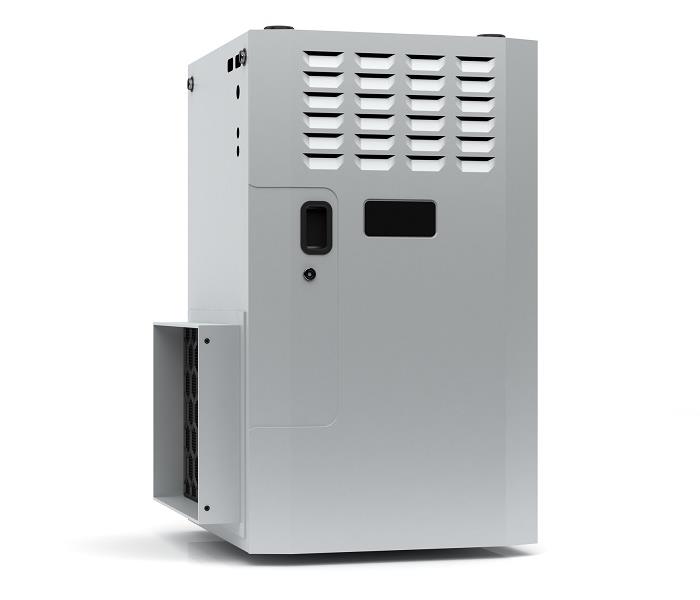How Flooding Damages Furnaces in Little Falls Homes
10/15/2019 (Permalink)
How to Protect Your Furnace From Flood Damage in a Little Falls Home
Homeowners invest in their HVAC system, and in places such as New Jersey where temperatures drop to the sub-zeroes rapidly in the winter, having a fully functioning furnace is vital.
Flood damage in a Little Falls basement can leave more behind than water to cleanup. If the home has a mounted furnace directly on the basement floor, it is in danger of extreme amounts of damage, and the average replacement cost of an HVAC ranges into the thousands of dollars in most cases.
Elevate Your Furnace
Whether it is in a basement, crawlspace, or mechanical closet, you can set up the first line of defense against water loss by merely having your HVAC placed on an elevated platform anywhere from 10 to 24-inches in height keeps the unit out of the way of the majority of floodwater events.
Use Technology for Water Detection
Admit it; you do not go into your basement and certainly not a crawlspace regularly. The use of water sensors installed near the furnace alerts you, usually via a phone app, while others rely on an alarm, to water intrusions in the vicinity of where the placement of the sensor is. This assists in limiting loss by allowing for fast cleanup efforts.
When Flood Loss Happens Get Professional Assistance
When flooding happens in your home, it is vital to engage a restoration services company. SERVPRO technicians undergo extensive training in the safe cleanup and drying of groundwater. They have specialized equipment and techniques for drying out basements and closed in areas such as crawlspaces.
Prevention of Additional Loss
SERVPRO technicians carefully inspect properties after cleanup to ascertain there are no remaining water odors, which can indicate additional moisture requiring removal. They use different types of detection equipment to scope the property and confirm that all flood loss areas are dry. Mold is another threat, and spores have the potential to germinate as fast as 24 hours after flooding in the home. Technicians perform protective treatments with both antimicrobial cleaners and sealants as needed.
Flood damage needs fast action to limit loss, call SERVPRO of Clifton at (973) 928-3705 when you need a rapid response. The technicians are available 24/7 to make the water loss in your home, "Like it never even happened."
More about Little Falls.





 24/7 Emergency Service
24/7 Emergency Service
